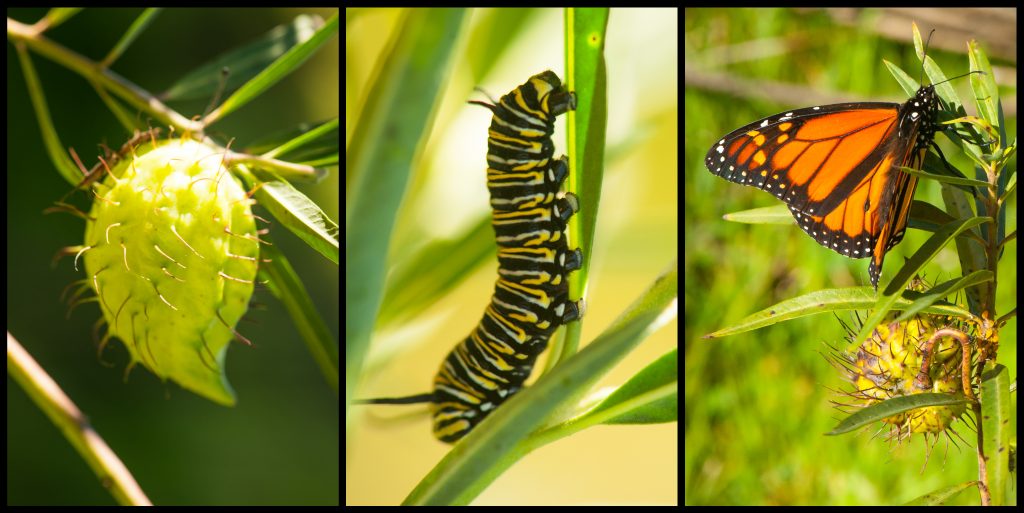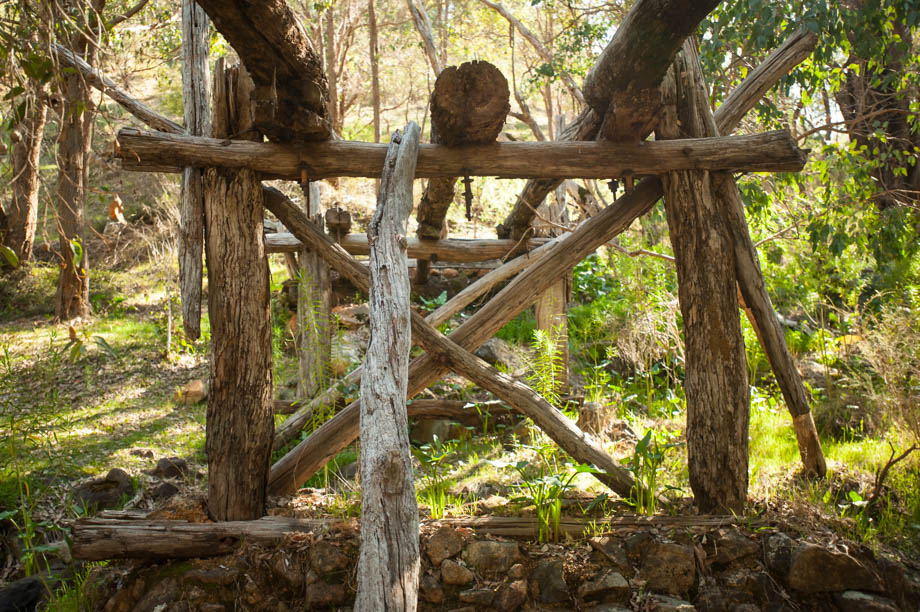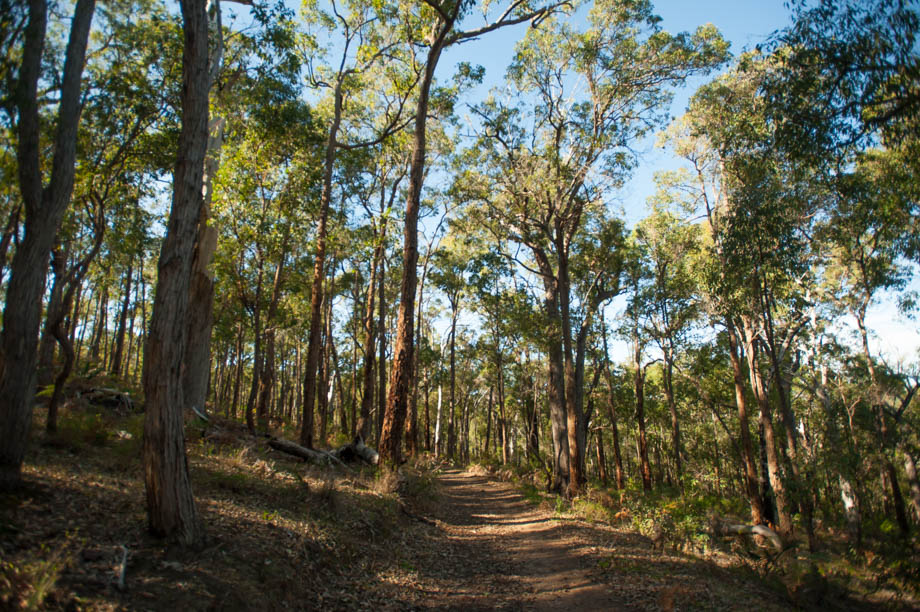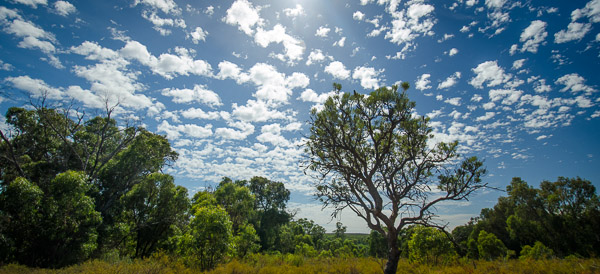Kitty's Gorge
Monarch Butterflies
As the dirt road makes its way northward, it eventually reaches a tiny cottage called 'Spencer's mud cottage'. What is interesting about this cottage is not the cottage itself, but the majestic monarch butterflies (Danaus plexippus) that flutter around the area. Monarch butterflies play an essential role in the ecosystem, as do most pollinators. Monarch caterpillars however, are able to eat nothing but the leaves of the milkweed plant, a plant that surrounds the area. The caterpillars' diet helps to protect them from predators such as birds or small mammals. This is because some of the compounds in the milkweed plant (that are then passed on to the caterpillars) make it toxic for most animals to eat. But because a lot of farmers view this plant as a weed, and due to the prevalence of 'Roundup Ready Crops', the numbers of milkweed plants have dropped significantly, which in turn has drastically affected populations of monarchs.

The stages of metamorphoses of the monarch butterfly is fairly drawn-out. The caterpillar itself molts its skin up to five times before beginning the pupa stage, each stage referred to as an 'instar'. During the fifth instar, before it moults its skin for the fifth (and last) time, the caterpillar spins some silk for it to hang from. The pupa skin then hardens and protects the (yet to emerge) butterfly inside. These caterpillars are voracious eaters, and are capable of consuming an entire leaf in less than five minutes. The caterpillars have even been known to occasionally eat their own molted skin!

Another voracious eater that can be found on the milkweed plant are the milkweed aphids (Aphis nerii), otherwise known as plant lice. Aphids are sap-sucking insects that are known to be one of the most destructive insect 'pests' due to the damage that they cause by their sheer numbers.
River Crossing
After you pass the cottage, approximately three kilometres in, the trail veers left towards a bridge that crosses the river. The old bridge lies upstream just beyond, its skeletal structure still standing, very close to where the Gooraloop Brook merges with Serpentine River.

The jarrah forest (Eucalyptus marginata) begins to close in as you make your way uphill from here. Stay left and you will eventually meet another dirt road (Selkirk Road) that continues northward, making its way uphill onto the upper slopes of the river bank of Gooralong Brook.







Kitty’s Gorge sounds like an amazing spot for hiking with its diverse terrain and scenic views! It’s great to know about the trail variety and the important note on not feeding the kangaroos. I’ll definitely keep this in mind for future visits. Thanks for sharing this helpful guide!